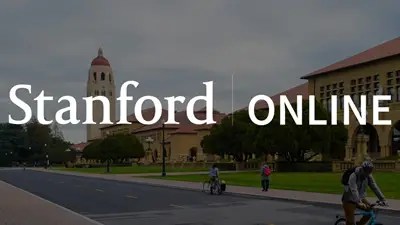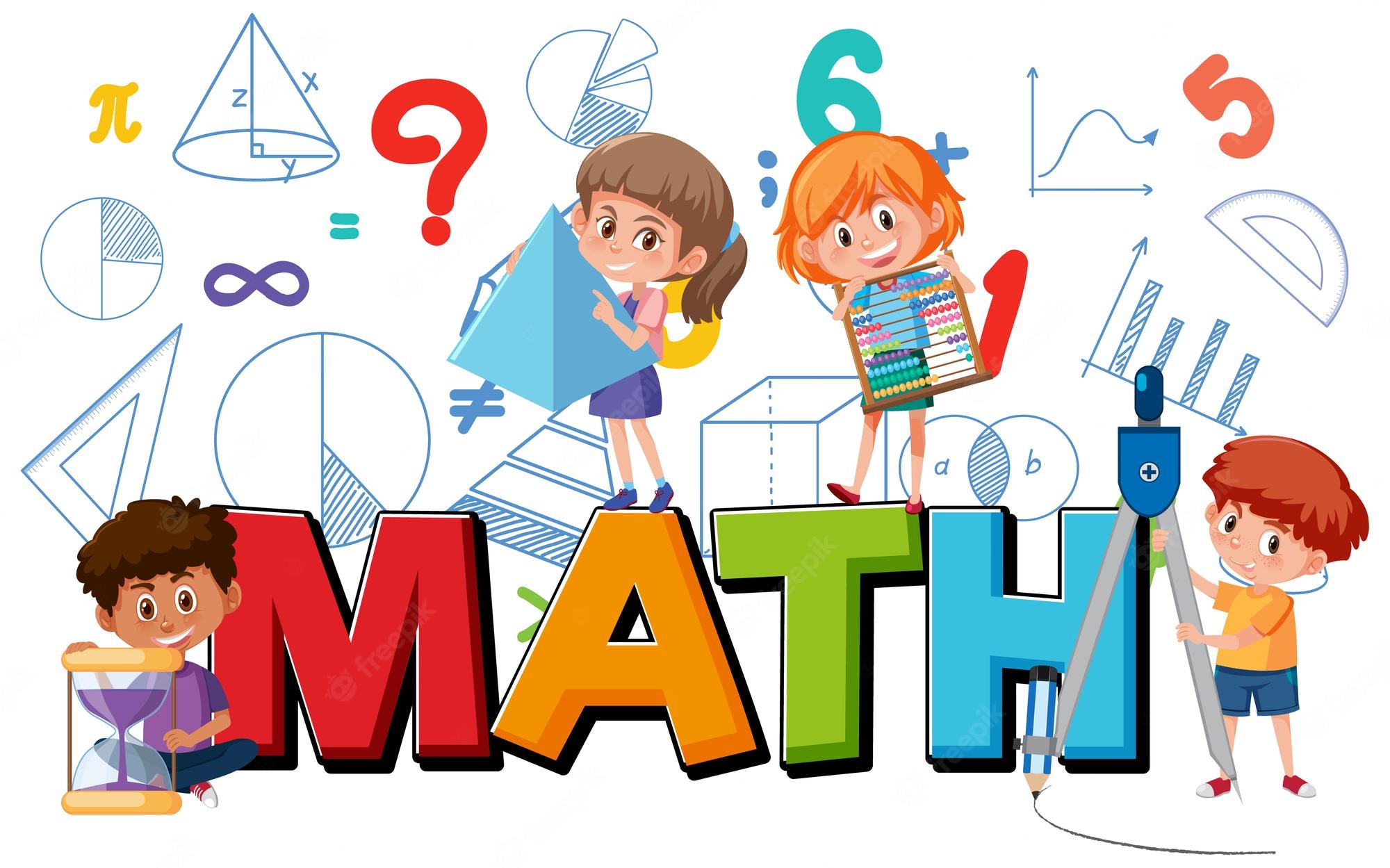
High school is a close-knit community where final exams are more important than half of each grade. The US's largest high schools are often found in the suburbs around cities like Birmingham in Alabama. They often have thousands of students. Many excel in math and reading. Many of them even get iPads to use in class.
Skyline High School
Skyline High School, located in Seattle, Washington is the largest high school of its kind in the United States. The school shares space in the new Realms High School. Their facility design allows both schools to work together on learning opportunities. The shared spaces include a design studio and a gymnasium-sized open flex space. Both schools will share bathrooms.
In terms of student population, Skyline High School is the largest high school in the US, with more than two thousand students. The school has a competitive athletic program and a demanding college prep curriculum. It was established in 1997 and has won numerous state athletic championships.
Midwood High School
Midwood High School is located in Brooklyn, New York. It is part of New York City Department of Education. This department oversees public education in New York City. 3,938 students are enrolled at the school. The school is well-known for its diversity. There are 37% Asian students, 30 African-American and 24% White students that are not Hispanic. It has a very selective program which sends approximately 3 percent of its seniors to Ivy League schools. Additionally, 10% of students can receive a free or reduced-price lunch.

The high-school is divided into three separate institutes, each offering different courses and curriculum. Students are placed in classes that are relevant to the institute they want to study. Students in the Humanities Institute, for example, must study 6 terms of foreign languages. Students with acceleration credit must learn at least one language to be eligible for admission.
Dakota High School
Dakota High School in Macomb is Michigan's largest high school. The school is home 286 students in grades 9-12. It's the largest high school state-wide. It boasts a student to teacher ratio of 20.4:1. The school was rated higher than the state average in math and reading.
It covers nearly 400,000 square feet and serves northern Macomb County's educational needs. Many challenges were faced during construction of the school. Thanks to the material from the nearby river, this was possible. It was the US's largest high school when it was completed.
Fort Hamilton High School
Fort Hamilton High School is a public high school located in Brooklyn. It is located in Brooklyn and falls under the New York City Department of Education. It was built over the Lower New York Bay in 1941.
Fort Hamilton High School offers a diverse student population as well as a highly-effective educational program. It boasts a strong National Honor Society chapter as well as an experienced faculty with advanced degrees. There are also extensive programs offered in theater, business, and music.

Wayzata High School
Wayzata high school is a comprehensive, public high school with more than 3600 pupils. Its campus is 80 acres and has four buildings and a baseball diamond. Its student-to-teacher ratio is 20:1, higher than the state average of 14:1.
The school has 177.8 employees. It costs $13,279 each student. It is more expensive per student than any other high schools in the Wayzata public school district. We have data from many sources including the U.S. Department of Education’s National Center for Education Statistics, Census Bureau's Bureau of American Life and Work and ATTOM.
FAQ
How do I select my major?
Students choose their majors according to their interests. Because they find it easier to study something they love, some students choose to major on a subject that they really enjoy. Some people want to work in a field that has no job opportunities. Others choose a major to make money while they study. No matter what your motivations, it is important to consider the job that you may be interested in after graduation.
There are many ways to get information about different fields of study. You could talk to someone in your family or friends about their experiences in these areas. Check out newspapers and magazines for possible careers. Ask your guidance counselors at your high school for information about possible careers. Visit Career Services at the local library or community centre. Get books on different topics at your local library. You can search the Internet for information about specific careers.
What is the best time to spend on each semester studying?
The time you spend studying will depend on several factors.
You may be required to take certain classes annually by some schools. This means you might not have the freedom to take less courses during a semester. Your advisor can advise you on the courses that you must take each semester.
What are the various types of early childhood education available?
There are many ways to describe early childhood education. These are the most popular:
-
Preschool - Children ages 2 to 5
-
PreKindergarten – Children aged 4-6
-
Head Start/Headstart - Children from 0-3 Years
-
Day Care/ Daycares- Children aged 0-5
-
Child Care Centers for Children from 0-18
-
Family Child Care – Children aged 0-12
-
Home Schooling - Children ages KG to 16
Statistics
- They are more likely to graduate high school (25%) and finish college (116%). (habitatbroward.org)
- “Children of homeowners are 116% more likely to graduate from college than children of renters of the same age, race, and income. (habitatbroward.org)
- And, within ten years of graduation, 44.1 percent of 1993 humanities graduates had written to public officials, compared to 30.1 percent of STEM majors. (bostonreview.net)
- Among STEM majors, that number is 83.5 percent. (bostonreview.net)
- Data from the Department of Education reveal that, among 2008 college graduates, 92.8 percent of humanities majors have voted at least once since finishing school. (bostonreview.net)
External Links
How To
what is vocational education?
Vocational education is an educational program that prepares students to work after high school and college. It teaches them specific skills for specific jobs (such as welding). This includes apprenticeship programs and on-thejob training. Vocational Education is different than general education. It focuses on specific careers and not learning broad knowledge for the future. Vocational training is not designed to prepare individuals for university but rather to assist them in finding jobs upon graduation.
Vocational education may be provided at all levels of schooling, including primary schools, secondary schools, colleges, universities, technical institutes, trade schools, community colleges, junior colleges, and four-year institutions. Many specialized schools are available, including nursing and culinary schools, law schools medical and dental schools, veterinary medicine school, veterinary medicine schools, firefighting training schools, police academies, military academy, and other military schools. Many of these schools offer both academic instruction and practical experiences.
Over the past decade, a number of countries have made substantial investments in vocational education. These include Australia, Denmark and Finland, Germany. However, it is not clear if vocational education is effective. Some critics claim it is not effective in improving students' employability. Others argue that it helps them prepare for life after school.
According to the U.S. Bureau of Labor Statistics 47% of American adults have a postsecondary certificate. This figure is higher among those with more education: 71% of workers aged 25-29 with a bachelor's degree or higher are currently employed in fields requiring postsecondary credentials.
The BLS reported in 2012 that almost half of all adults had some type of postsecondary credential. Around one-third of Americans hold a two or four-year associate degree. One out of five Americans held a master's degree or doctorate.
The median annual wage for individuals with a bachelor's in 2013 was $50,000. This was compared to $23,800 when they had no degree. The median salary for people with advanced degrees was $81,300.
For those who did not complete high school, the median wage was only $15,200. Earn $13,000 per annum for those with less high school diplomas.